How would you like to know a super simple way to help improve your team’s productivity, increase accountability and boost the likelihood of achieving long-term goals?
Well today you’re in luck.
We’re going to pull back the kimono and show you the strategy our team has been using successfully for years to improve each employee’s performance. Don’t worry, it doesn’t require you to purchase some fancy new software or tool.
We call it “Crucial Results” – and it’s a big reason we’ve been able to grow our team massively and 10x our business in just 9 months.
Crucial Results is essentially a system for breaking down your big goals (think quarterly or yearly goals) into weekly and daily tasks so that you spend your time working on your highest leverage activities – and consistently make concrete progress towards your long-tail goals.

Short on Time? Download This Post as a PDF. Easily save it on your computer for quick reference or print it and share with your office.
Sean Kelly, SnackNation CEO, explains how he came up with Crucial Results when the company was just starting:
“Crucial Results came from a system I designed for myself when I worked alone and from home without anyone looking over my shoulder. The hardest thing is being accountable to oneself when no one else is telling you what to do.
I figured that if every week I was able to achieve my Top 5 action items, driven by 3 key crucial tasks each day, then I could be satisfied with my level of work and keep myself in line.”
Sean Kelly
We’ve talked about Crucial Results before, but in this post we’re going to take a deep dive into this productivity-boosting tactic.
Page Contents (Click To Jump)
How Crucial Results Has Helped Our Team Prioritize and Hold Each Other Accountable
Before we go over the step-by-step instructions for creating your own Crucial Results, we want to quickly share with you some of the results that both long tenured and brand new members of our team have to say about the results they’ve seen:
“The beauty of the crucial results system is that it breaks my week into manageable chunks, helps me prioritize by forcing me to identify mission critical tasks, and holds me accountable, both to myself and my team.
The transparency factor is huge too. I can instantly see what teammates are working on, the status of their projects, and vice versa.
And let’s not forget the psychology involved – it’s hugely satisfying to fill that box in green…”
Jeff Murphy
And:
“Crucial Results have made me more productive by giving me a high-level goal overview of my week. They allow me to keep the big picture in mind while tackling my daily tasks.
I’ve used task management softwares and while some can be useful, Crucial Results is just a simple and straightforward method for managing my most important activities each day.
Also, because they are public to my team, they make me more accountable for the work I don’t get done. This healthy pressure keeps me productive, and our team on the same page.”
Ready to see how Crucial Results are done?
Let’s hop right in.
Getting Started – Going from “Macro” goals to “Micro” goals

First, it’s critical that managers sit down with their teams and create specific quarterly goals. Your company will obviously have yearly goals, but we’ve found that setting goals for individuals works better at the quarterly level.
Once you have goals set for each individual, it’s time to break your goals down into bite-sized chunks.
Why is this important?
When setting lofty goals your first thought is to look at the final result and wonder how you’ll ever get there. Suddenly, you feel paralyzed to even take the first step.
Studies have shown that taking the first step is the best way to overcome that fear associated with a big project.
So the trick is actually to think small. Break your big goal into a bunch of smaller goals that don’t look so intimidating.
For example, if your goal is to write 10 blog posts throughout the quarter, then you can break that down into smaller, more manageable tasks like:
✅ Research the topic for my next post
✅ Find evidence to support each claim made
✅ Write 2000 or more words
✅ Copy post into WordPress, edit, format, and add images
✅ Publish the post
✅ Schedule an email to our subscriber list
✅ Schedule posts on facebook, twitter, LinkedIn, Google+, etc.
Now you have an outline for what you need to do each week to conquer that goal. Not so bad, right?
Breaking down your big goals into smaller tasks and mini goals actually makes them more achievable. In fact, deconstructing your goals has powerful psychological effects that boost your productive capacity. In a groundbreaking study on educational techniques, researchers Albert Bandura and Dale H. Schunk found that establishing accessible goals helped learners make rapid progress and achieve mastery while also increasing their skill-centric self-esteem and their interest in the subject matter.
The findings suggest we do our best work when we applaud ourselves for completing three sales calls instead of hyper-focusing on our ultimate goal of 500 calls.
To remember the power of small goals, just think of this classic quote from Desmond Mpilo, a South African Anglican cleric and human rights activist with deep personal experience in achieving big change by focusing on incremental actions.
“There is only one way to eat an elephant: a bite at a time.”
Next let’s go through the step-by-step process for creating the Crucial Results sheet for your company or department.
👉 Step #1 – Create Your Crucial Results Sheet
The first thing you’ll need to create is a simple, pivot-table style spreadsheet in Google Sheets.
To give you an idea, this is what SnackNation’s Crucial Results sheet looks like:

Each person has 1 row labeled “Weekly”, 3 rows labeled “Daily”, and a column for each day of the week.
👉 Step #2 – Plan your 5 Crucial Results for The Week
In the row labeled “Weekly”, plan out the top 5 most important things you need to get done that week. We usually plan next week’s Crucials on either Friday or Sunday. Neither day has a specific advantage over the other. It just depends on which day works better for you in terms of weekly planning.
As your planning you Weekly Crucials, it’s best to avoid listing goals that are not entirely within your control.
For example, let’s say you’re in a sales position. A goal like “Bring in $10K new revenue” is not a good weekly Crucial Result because part of selling (i.e. getting the other person to give you their credit card number) is not something you have complete control over.
What you can control is your activity. So a better goal would be something like “50 outbound calls”.
Here’s a snapshot of how you enter that into the Crucial Results sheet:

Continue this exercise for your remaining 4 Weekly Crucials.
Note: The columns labeled with each day of the week are only applied for Daily Crucials (discussed in the next step). Don’t worry about planning your Weekly Crucials by day of the week. Just think of your top 5 and plug them anywhere within that row.
👉 Step #3 – Breakdown your Weekly Crucials into 3 Daily Crucials for Monday
Now that you’ve set your top 5 priorities for the week, it’s time to break some of those down into smaller goals and set them for Monday’s top 3 Daily Crucials.
You can choose to tackle multiple Weekly Crucials throughout your day like this:

Or you may decide that you’re going to spend your entire day working on 1 Weekly Crucial. If you do, break that Crucial down into 3 smaller tasks that will lead to the accomplishment of that weekly goal.
Note: It’s ok to have Daily Crucials that don’t directly factor into a Weekly Crucial. Things like department and direct report meeting are important, take time and require preparation. Those meeting or presentations can still warrant a Daily Crucial.
👉 Step #4 – At the end of the day, mark your Crucials either green or red
Green = Daily action item was completed
Red = Daily action item was not completed

It’s a simple method for tracking what you were able to accomplish that day.
What’s the point of tracking which tasks you completed for the day and which you did not?
“If you’re constantly assessing whether or not you achieved what you needed to during the day, it’s a good judgment system you have for yourself, and you don’t need much else. Planning and review are both essential! It’s like book-ending your days.”
Sean Kelly
Coloring that box green also gives you that rewarding feeling of dopamine that helps you keep charging towards your bigger weekly (and quarterly) goals.
Dopamine is a neurotransmitter associated with the brain’s pleasure center. The chemical drives emotional responses and fuels motivation. (Ever been unable to walk away from a video game, or felt a rush when you get a like or comment on an Instagram post? That’s dopamine.) By knocking out small tasks, you give yourself little doses of dopamine that make a day full of work feel as exciting and rewarding as a gaming marathon.
(A caveat – harnessing the power of dopamine is a smart tactic, but remember that dopamine highs aren’t a satisfying or lasting sensation. They fade quickly – which means they should only be part of your overall employee motivation strategy.)
Work goes swimmingly when you’re able to stay on task and get your doses of dopamine, but what happens if you have an off day? What happens when you procrastinate and don’t manage to scratch a single thing off your list? We’ll tell you what shouldn’t happen: self-shaming.
Contrary to many of our personal instincts, self shaming to correct underperformance does not make anyone work harder. In fact, negative self-talk could actually reduce your productivity.
Reporting on a study from Fuschia M. Sirois of Bishop’s University in Canada, the Greater Good Science Center at the University of California, Berkeley, reveals that procrastination combined with a lack of self-compassion could be a recipe for distress. In the study, subjects who procrastinated and also had low levels of self-compassion tended to feel more stressed. The study’s author explained that the double negative of procrastination and shame can compound stress levels enough to stop people from taking corrective action. Self-compassion, on the other hand, helps people separate their emotions from their productivity, logically evaluate the problem, and move on to a more productive life.
👉 Step #5 – Repeat Step #2 at the end of each day for the next day
The key is to write your next day’s Crucials the day before. Sean explains:
“When you set your intentions the night before, your mind works overnight on those items and you wake-up with clarity, ready to tackle and crush your key action items. So it primes you for success. Furthermore, you don’t waste valuable morning hours determining what to do.”
Sean Kelly
Setting you next day’s Crucials the day/night before will help you come into work in the morning ready to dominate your day.
When you review goals nightly, you get more benefits than you realize. Reporting on a study published in Current Biology, the Washington Post says that “complex stimuli can not only be processed while we sleep but that this information can be used to make decisions, similarly as when we’re awake.”
Reviewing goals at night gives your brain several hours to process your aspirations and maybe do a little planning. So without feeling like you’ve done any work at all, you’ll wake up with the clarity and motivation to get to work.
Additionally, other studies suggest the sleeping brain can absorb new information and memories and even make the kinds of creative associations that drive epiphanies. People have been using the mysterious subconscious state to fuel their ideas for decades. The Metalearners blog relays anecdotes about famously creative people who forced themselves to the brink of sleep to summon their best ideas. For example, Salvador Dali would nap in a chair while holding a key. When he woke to the sound of the key dropping on the floor, he knew it was time to brainstorm.
To summarize, while you may think you’re just “sleeping,” your brain is busy dedicating your goals to memory and generating innovative strategies to help you achieve them. Make nightly goal review a habit, and your company’s next big idea might just be yours.
👉 Step #6 – Review your week to better plan next week
To get the most out of this system, take some time at the end of the week to review what you achieved and where you faltered.
- Did you set bad Crucial Results?
- Was there something more you could have done that week to have turned a Weekly Crucial from red to green?
- What awesome things did you accomplish that week?
- What gets measured gets improved, so don’t skip over this important step
👉 Step #7 – Review your week to better plan next week
After you’ve figured out how to better achieve your Crucials next week, take time out to reflect on why your Crucials are Crucial. What master goals do your Crucial Results help you achieve? Why are these master goals important to you? Healthy reflection on the big “why” driving your work will stop tasks from becoming rote and help keep your motivation burning until you do what you set out to do.
Tools to Improve Employee Performance
1. BambooHR
BambooHR is a human resources software with performance management tools such as goal setting, self-assessments, and real-time feedback. It also offers customizable features to fit each organization’s unique needs.
🏅Why this is an effective employee performance tool: BambooHR promotes ongoing performance discussions between managers and employees through its various feedback and assessment features, which results in improved communication, collaboration, and individual performance.
2. monday.com
monday.com has exceptional project management templates that facilitate collaboration and impeccable organization within teams in just a few clicks. Renowned for its user-friendly interface and customizable features, it is the perfect solution for businesses of all sizes.
🏅Why this is an effective employee performance tool: monday.com’s performance tools provide a centralized platform for teams to communicate, assign tasks, and track progress, which leads to employee well-being and increased employee productivity and efficiency among team members.
3. Bonusly
Bonusly is an employee recognition platform that enhances company culture and boosts employee morale. With its easy-to-use interface, employees can give and receive instant recognition for their contributions, leading to a more engaged and motivated workforce.
🏅Why this is an effective employee performance tool: Bonusly promotes a positive work environment by encouraging peer-to-peer recognition, fostering teamwork, and boosting overall job satisfaction. This creates a culture of appreciation and recognition, improving employee performance.
4. Wrike
Wrike is a cloud-based project management software that empowers teams to collaborate, plan, and execute projects efficiently. With its robust features, such as customizable dashboards, Gantt charts, performance metrics, and real-time updates, Wrike simplifies the complex project management process.
🏅Why this is an effective employee performance tool: Wrike allows for better task assignment and tracking, which leads to improved productivity and accountability among team members. Additionally, its real-time updates increase transparency and foster a sense of urgency in completing tasks.
5. ClickUp
ClickUp is a project management software with performance tracking and evaluation features. It allows for setting individual goals, providing regular feedback, and conducting performance reviews to improve employee performance.
🏅Why this is an effective employee performance tool: ClickUp’s performance tracking and evaluation features allow for continuous monitoring of employee progress, providing managers with valuable insights into individual and team performance.
6. ClearCompany
ClearCompany is a performance management software that helps companies set and track goals, provide feedback, and conduct performance reviews. Its intuitive interface allows for easy goal-setting and milestone tracking, providing transparency and accountability among team members.
🏅Why this is an effective employee performance tool: ClearCompany promotes a culture of continuous improvement by setting and tracking goals, providing regular feedback, and conducting performance reviews. This results in increased individual and team performance and fosters a sense of ownership and accountability among employees.
7. Bob
Bob is a people management platform with performance management tools such as goal setting, feedback, and performance reviews. It also offers features for recognition and reward, fostering a positive work culture.
🏅Why this is an effective employee performance tool: Bob promotes a culture of recognition and feedback by providing employees with the tools to give and receive real-time feedback, track progress, and receive recognition for their achievements.
8. ChartHop
ChartHop is a people analytics platform that provides insights into an organization’s workforce, including performance data. It has customizable features and integrations that help companies make data-driven decisions regarding employee management.
🏅Why this is an effective employee performance tool: By utilizing ChartHop’s analytics, organizations can identify top performers, track progress, and create personalized development plans to help employees develop new skills. This causes improved performance and career growth opportunities, with employees reaching their full potential.
9. PerformYard
PerformYard is a performance management software that provides effective tools for goal setting, feedback, and employee development. Its customizable features allow companies to align individual goals with company objectives, leading to improved overall performance.
🏅Why this is an effective employee performance tool: PerformYard’s goal-setting and feedback features enable organizations to track progress, provide regular feedback and mentoring, set performance goals, and create personalized employee development plans.
10. WorkTango
WorkTango is an employee feedback and engagement platform that enables organizations to collect real-time data on employee satisfaction, recognition, and feedback. This employee feedback solution helps companies create a culture of continuous communication and improvement.
🏅Why this is an effective employee performance tool: WorkTango allows for regular employee feedback, which supports personal growth and professional development. This increases employee satisfaction and motivation, leading to a better workplace culture and less burnout.
Conclusion
Crucial Results is a proven system our company has been using for years to improve employee performance each week. This has, in turn, helped us achieve some amazing results each quarter.
Try it out with your own team for at least a month and see how it helps your team get more done. Unlike a shiny new tool, you don’t have to worry about learning a new interface. Check out more performance review tips for managers.
Are you ready to implement Crucial Results? Let us know in the comments below.
Short on Time? Download This Post as a PDF. Easily save it on your computer for quick reference or print it and share with your office.
People Also Ask These Questions About Improving Employee Performance
Q: What are the best strategies for improving employee performance?
- A: The best strategies to boost employee performance are designed around setting and tracking goals, providing constructive feedback, conducting performance reviews, cultivating a positive work culture, utilizing performance management tools, and encouraging effective communication.
Q: How can managers effectively motivate their employees?
- A: Managers can create a work-life balance and effectively motivate employees’ workflow by setting clear expectations and goals, providing regular feedback and recognition, offering opportunities for growth and development, creating a positive work environment, and encouraging open communication and collaboration.
Q: What role does feedback play in enhancing employee performance?
- A: Feedback is vital for enhancing employee performance and providing development opportunities, as it provides employees with valuable insights into each employee’s skills. Regular feedback also shows employees their contributions are valued, increasing motivation and employee engagement.
Q: Are there specific training programs that can improve employee performance?
- A: Yes, various employee training programs can improve employee performance and provide incentives, such as leadership development, communication skills, time management, onboarding, and technical skills training. By investing in these smart programs, companies can enhance their employees’ knowledge and capabilities, resulting in high-performing employees who continually grow.
Q: How important is goal setting in the context of employee performance?
- A: Goal setting is crucial to employee performance as it provides a clear direction and purpose, leading to increased motivation and focus. It also allows for tracking progress and measuring success, providing employees with a sense of accomplishment when goals are achieved.
Q: What are some common challenges in improving employee performance?
- A: Some common challenges in improving employee performance include lack of communication and feedback, unclear expectations and goals, a negative work culture, and inadequate resources or support. By addressing these challenges and utilizing the right tools, companies can overcome these obstacles and continue their hard work.




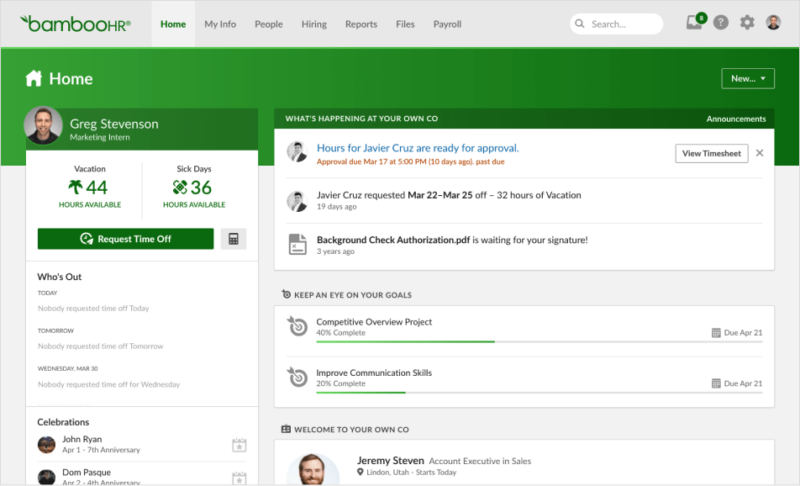
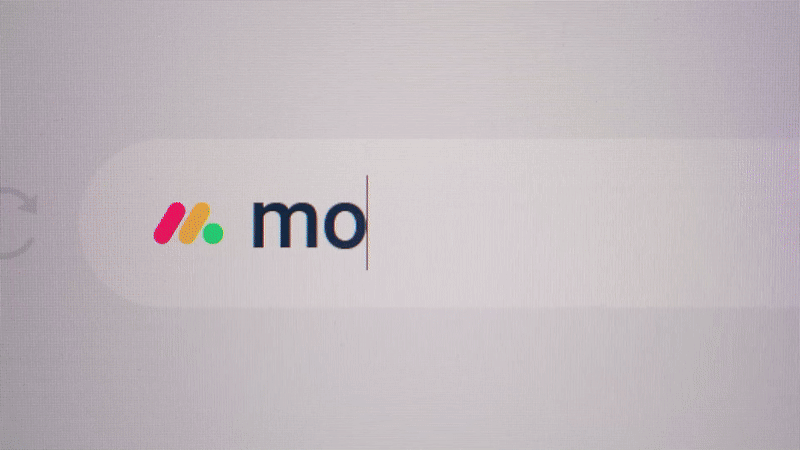
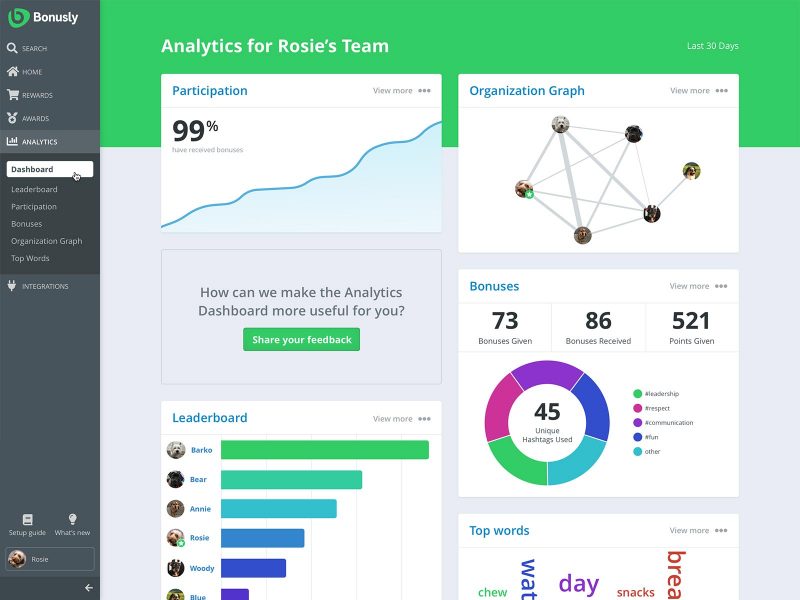
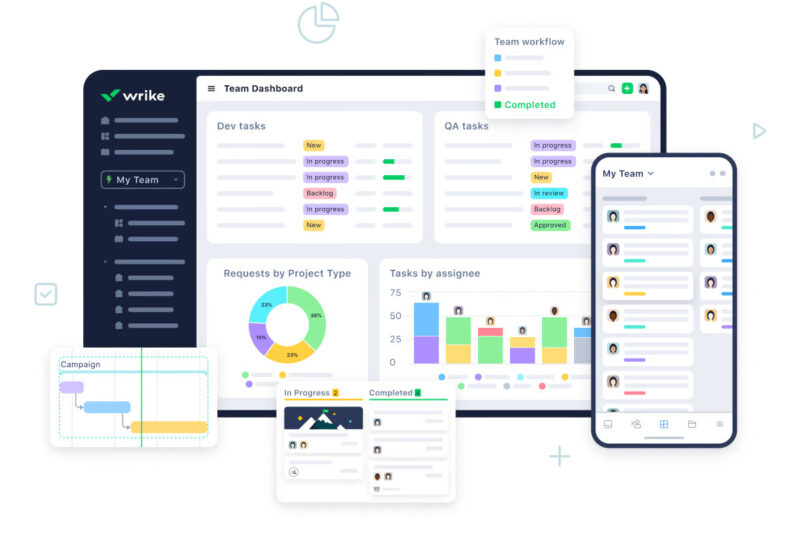
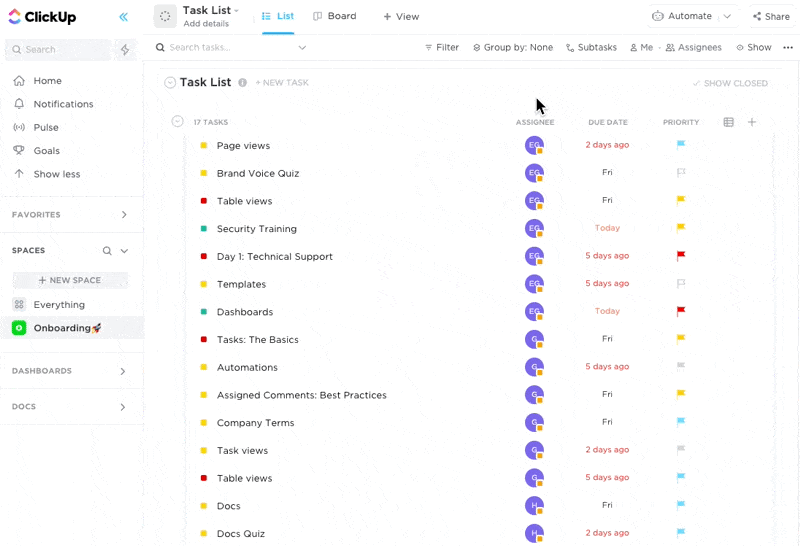
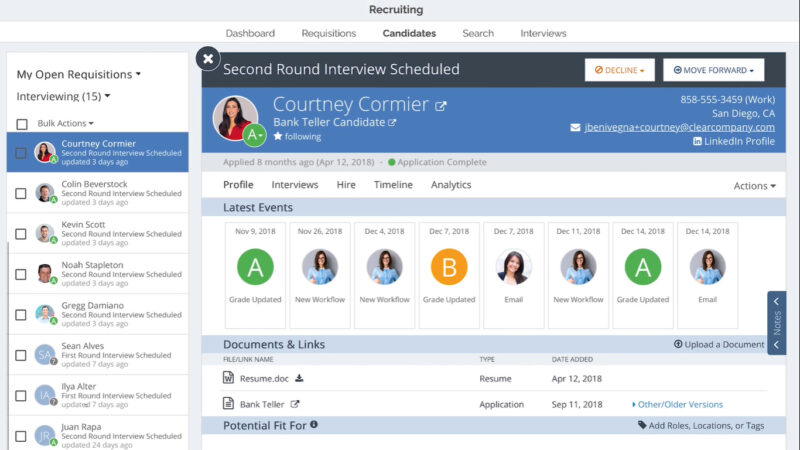
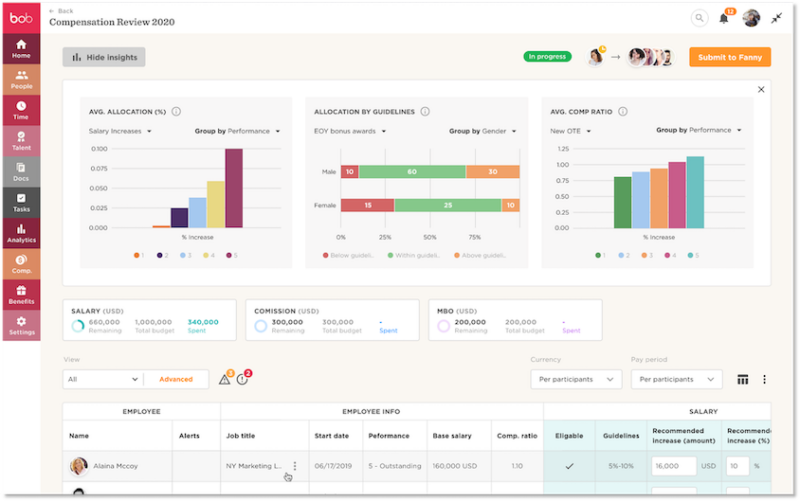
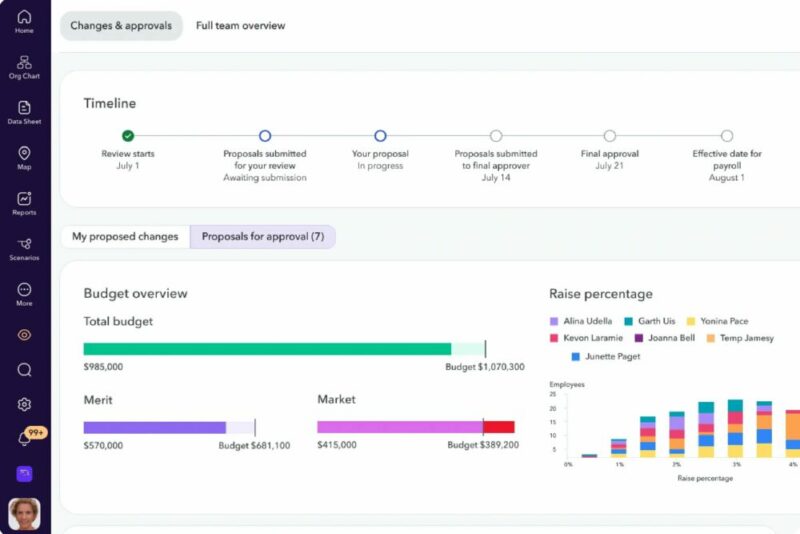
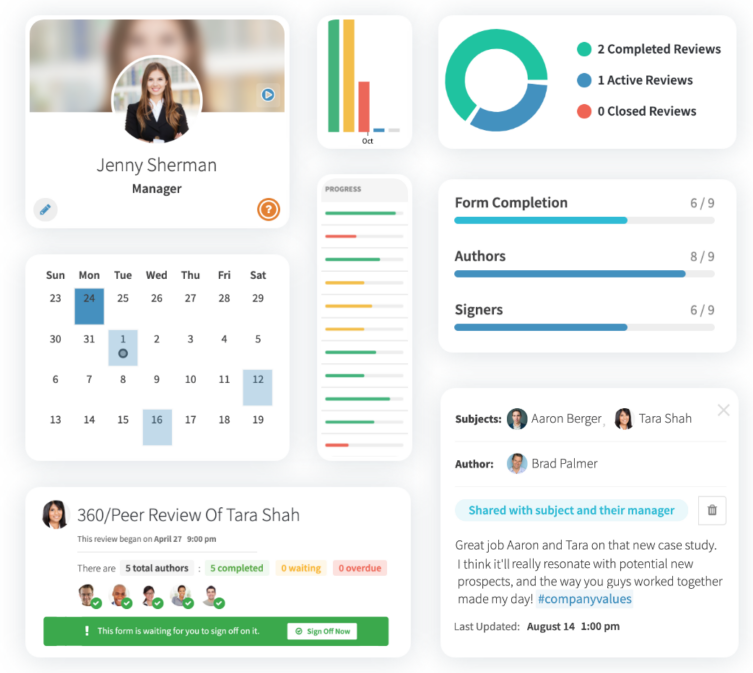
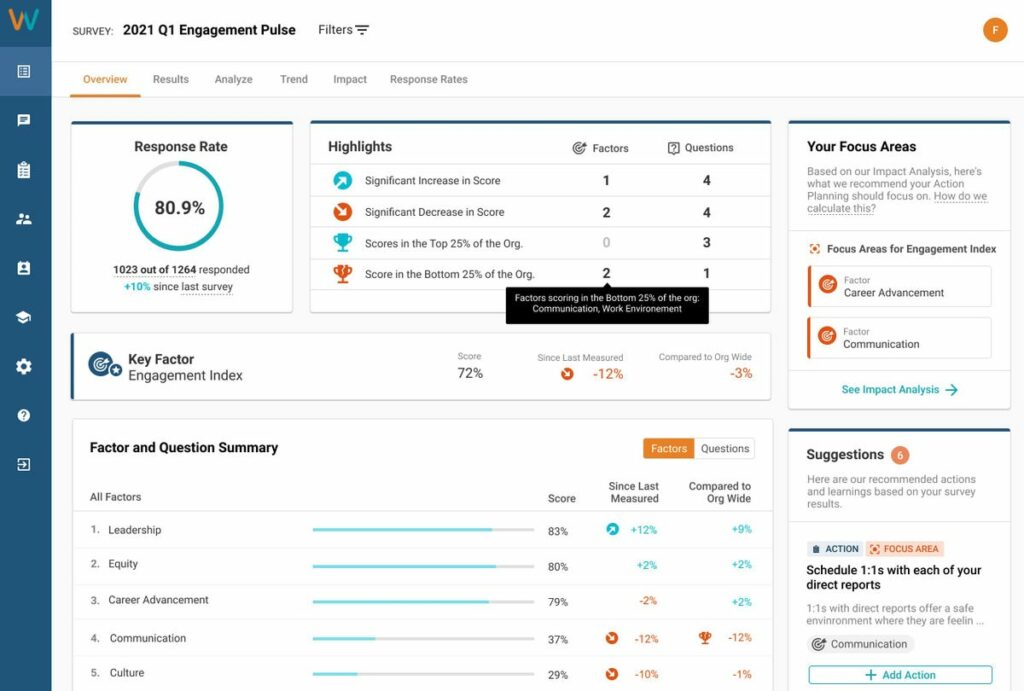

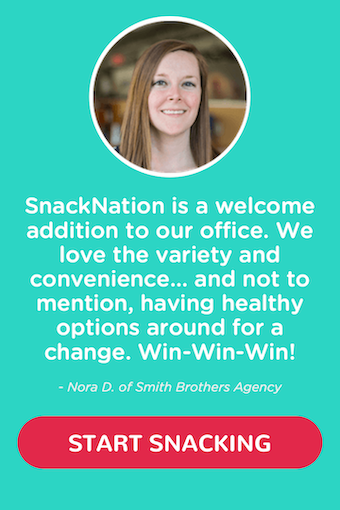



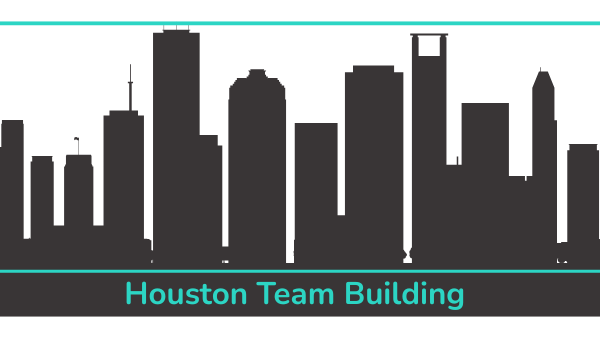
Great Blog Emil! This system seems like a really great way to boost productivity. It also looks like it would help a team stay focus on the big goal by separating things out into smaller more reachable tasks. I’m excited to give this a try.
Hey Hannah,
Let me know how it works out for you!
P.S. You can download a template of the Crucial Results worksheet at the top or bottom of this post (click the link in the yellow highlighted box).
I love this article! I do wish there was a blank template that included the pivot table feature – so you could just jump in… but the exercise in getting it set up was fun. I’ve already noticed a difference! Thanks!
Hi Laura,
You can download a free template of the Crucial Results worksheet at the top or the bottom of this post in the yellow highlighted box.
Not a new concerpt to me BUT my disorganized administrator needs to break her days/weeks/months down into easy bites in order to complete ALL the tasks she is responsible for. Maybe this would help with delegation from the top as she can’t do it all! Thanks for the great ideas! Passing them on today!
Hi Jodi, great to hear our Crucial Results system can benefit your team. Let me know how it goes!
Interesting ideas. I particularly liked the idea of setting your goals for the next day at the end of the previous day.
Hey Rochelle,
Setting goals the day before for the next day helps you come in ready to get your work done instead of wasting valuable time sorting through what to do. Plus, it’ll help you avoid doing reactive work and keep the focus on proactivity.
Awesome article. This is definitely something I’m going to have to implement for myself, and recommend to colleagues.
Hey Wes, awesome to hear you plan on using Crucial Results! Let me know how it works out for you and if you notice an improvement in your personal performance.
We’ve actually just started doing this, it already seems promising.
Hey Ashley, that’s awesome to hear you’ve been using it and seeing results! My team and I have stuck to this for years and it’s been the single best productivity “tool” I’ve used.
P.S. If you’re interest, you can download our Crucial Results template at the top and bottom of this post by clicking the link in the yellow box.
I actually use a similar system like this for myself! It helps me stay productive, but it would be great if managers implemented it.
Hi Jeanne, what kind of system do you use? I’m always interested to hear variations of our system.
And yes, so important that managers be the ones who implement it. If they don’t, their teams will not stick to it either.
So simple and yet so useful and highly effective. Well explained and well supported. This will be a great format both for me personally and for my teams going forward. Thank you so much for sharing.
No problem, Chelsey. Let me know how well Crucial Results works for you, both personally and professionally.
I love this! I primarily work by myself. I understand the idea that it is sometimes not easy keeping oneself accountable and on task in a timely manner. These are great steps that I’m looking forward to implementing.
Hi Morgan, whether you’re on a team or working solo, Crucial Results is an effective way of prioritizing your to-do list. Let me know how it works out for you.
Interesting new system! Will have to look into it and try it out.
Awesome Mika, I hope it helps you boost productivity 🙂
I am to do this for sure. Great idea!
Thanks Ashley
Not a new concept…but the discipline to take time to evaluate and plan the day before is key. Probably the hardest step….evaluate and plan. But once in the habit takes no time. Good reminder to share with other office staff. Thanks.
You’re right Jean, nothing novel about the Crucial Results system. The key is consistency (as you mentioned). That’s why I like systems like this – it allows you to develop better habits over time that stick with you.
Love the idea of goal setting for the next day! I find that many times at the end of the day i do not feel i have accomplished enough. This idea gives you option to set your goals that night (knowing what you missed) and the next day when you come in you have you list of priorities and know what to accomplish!
Hey Elizabeth,
Exactly! People often skip that vital step – analyzing what they didn’t accomplish that day and evaluating how they can accomplish it tomorrow (or if it’s even worth your attention in the first place).
Great share thank you for the info.
you made my work easier